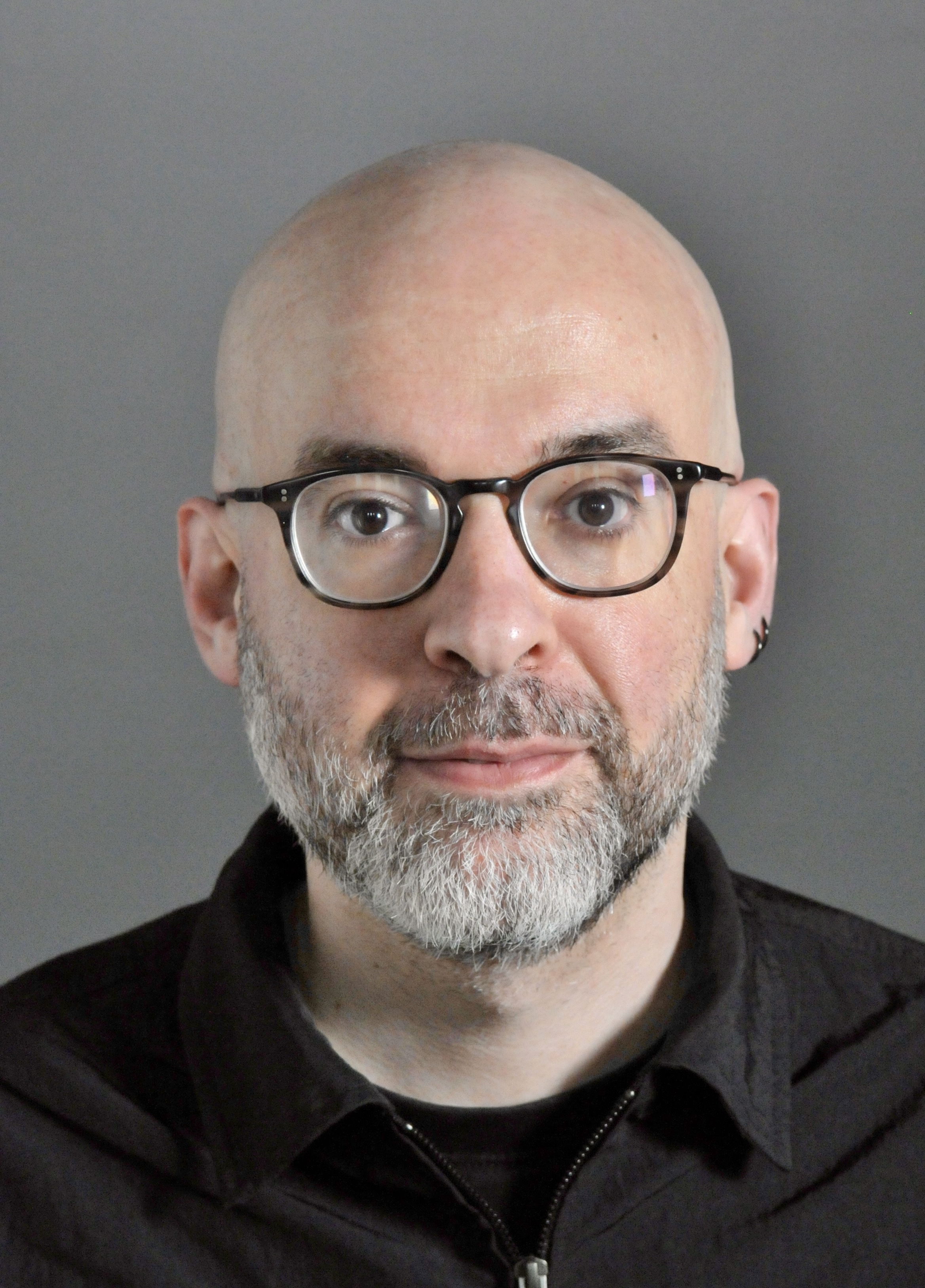I n the last few years my interest in asexuality has shifted from a concern with the experience of asexual people to a preoccupation with why those who aren’t asexual find it as confusing as they do. This can seem to be a confusingly niche interest, or at least I occasionally worry that it might come across that way. It emerged from one recurrent theme in the many personal stories I encountered in my research: the incomprehension with which most asexual people have at times found their asexuality greeted. What makes the notion so hard to grasp? I’ve written about this at length in the past and I don’t think I have anything new to add to the discussion at this point.
n the last few years my interest in asexuality has shifted from a concern with the experience of asexual people to a preoccupation with why those who aren’t asexual find it as confusing as they do. This can seem to be a confusingly niche interest, or at least I occasionally worry that it might come across that way. It emerged from one recurrent theme in the many personal stories I encountered in my research: the incomprehension with which most asexual people have at times found their asexuality greeted. What makes the notion so hard to grasp? I’ve written about this at length in the past and I don’t think I have anything new to add to the discussion at this point.
What’s more important is how this incomprehension can lead people to act. This inability to grasp asexuality as a concept can bring otherwise well meaning people to act in deeply hurtful and marginalising ways. It can leave those who are far from well meaning acting in even more unpleasant ways than they might otherwise. What these actions usually have in common is a failure to believe asexuality exists as a possibility and a concomitant tendency to explain it away. Offering asexuality as an account of themselves, asexual people are instead told that it can’t exist… it must be their hormones, psychological damage, repressed child abuse. Don’t they know that sex is natural? Don’t they realise that sexuality is an integral aspect of the human condition? Perhaps they’re just a late bloomer? Or maybe they haven’t met the right person yet? In terms of the broader cultural frameworks within which we think and talk about sexuality, some of these reactions are entirely comprehensible to me (and this is why I find the reaction of non-asexuals to asexuality so interesting from a sociological standpoint). But they’re often deeply hurtful and what frustrates me is how unnecessary the hurt caused is. What we need is some sort of accessible introduction to asexuality, providing a readable overview of the many ways in which these reactions (and their underlying assumptions) are mistaken. Thankfully we now have one, with the publication of Julie Sondra Decker’s The Invisible Orientation: An Introduction to Asexuality.
Written by a well known and respected figure within the asexual community, Decker’s book benefits from a personal familiarity with the issues concerned that lends an air of implicit authority that the author manages skilfully throughout. The tone is just right for a book of this sort: friendly and conversational yet also authoritative and precise. It begins with a personal story which illustrates the first-hand experiences Decker brings to the book, which is intended as a “starting point for people interested in asexuality”. It begins with an ‘Asexuality 101’ that introduces the basics in a way satisfying to the reader yet also firmly repudiating some of the most common miscomprehensions that one might bring to a book such as this. It then moves on to the varying experience of those who identify as asexual, introducing the potentially confusing panoply of terms which have proliferated within the asexual community but skilfully showing how these are grounded in specific kinds of experience. The next section, unsurprisingly my favourite given the nature of my own interest in the subject, addresses the (many) myths surrounding asexuality. The final sections offer practical advice to those who are asexual (or questioning whether they may be) and to those who know someone who is asexual (or suspect that they might be). The book then concludes with a helpful compendium of resources that the reader can use to explore further.
This is a long overdue book, offering the general purpose introduction to the subject which has heretofore been lacking. It is an essential addition to any academic reading list that encompasses asexuality and should be required reading for any therapists with an interest in sexuality. It provides a sense of what it is like to be asexual that can sometimes be missing from academic work and engages with the literature while nonetheless refusing to be constrained by it. It is also immensely readable, providing an authoritative overview that sign posts the reader who is keen to explore further. I can’t recommend The Invisible Orientation highly enough and hope it has a wide readership. Given how effectively it critiques the myths surrounding asexuality, helping those who are not asexual themselves better understand something that can at first be deeply confusing, it is a book with the potential to make a positive difference to many people’s lives and help combat what the author describes as the “insidious form of exclusion” that asexual people continue to experience.
